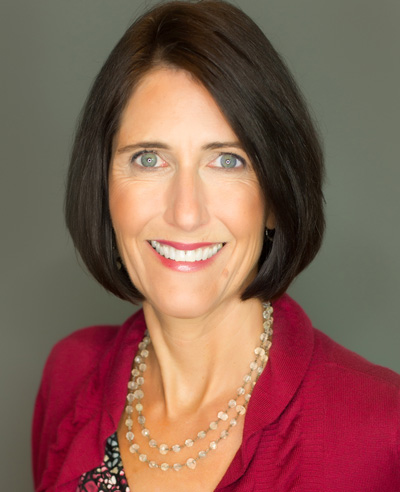
For media or press inquiries, contact:
Walking the narrow, palm-lined streets of Charleston’s small but lively downtown it is not difficult to understand why a transplanted Italian might feel more at home here than in many other American cities.
“I’d never go back to Detroit” after living in Charleston, confirms Cesare Mastrianni, the Italian born executive vice-president of Getrag. Mastrianni spent several years working for a Big Three automaker before moving south. “And even if I would move back, my wife says she wouldn’t.”
Yet it is German companies – and a growing German fascination with life in the American South – that continues to be the real foreign power behind the revival of this once fraying port city.
The decision that led to the initial Getrag investment in Charleston, for instance, was made by the company’s Germany-based executives. So was Getrag’s recent plan to double staff in the city to 300 employees by next year and to build a wholly-owned 150,000-square-foot facility west of the Ashley River in Charleston County. Similarly, it was Stuttgart-based executives of the Robert Bosch Corporation who decided to expand that company’s diesel fuel-injection system plant in Charleston, which came atop the $400 million, 400 job expansion announced the previous October. And it was German executives who last summer decided to spend $58 million to expand the Charleston-based aroma chemical operation of Haarman & Reimer, a unit of Bayer AG in Leverkusen, Germany.
Powered by fear
Such international investments are a relatively new phenomenon in Charleston. The city didn’t focus much on promoting itself as a business center until after the one-two punch of Hurricane Hugo in 1989 and the closure of a major navy base there in 1993. Though less dramatic, the base closure was more destructive economically, wiping out at a pen stroke 22,000 jobs.
Charleston leaders responded with a fast and furious effort to save the city’s economy by luring in new investment dollars, and thereby new jobs. “Fear is a great motivator,” says John Scarborough of the Charleston Regional Development Alliance, a group created by a federal grant in 1995 to recruit new businesses. “We’ve replaced those jobs and then some.” Unemployment in the tri-county area is now at an all-time low.
On the international front, the real break for the city came with a lot of help from cities in South Carolina’s interior. A decision in the early 1990s by BMW to build a new automotive assembly plant in Spartanburg put the state on maps all across Germany. Many of the resulting articles were accompanied by photographs of the region’s numerous beaches and golf courses, as well as details about the low cost of living and doing business in the Charleston area. Perhaps most important, European investors realized that the city was also home to a spacious, inexpensive, thriving port, which is now the largest in the Southeast and fourth largest in the nation.
Since 1995, of the 118 companies the Development Alliance has lured to Charleston, one third are from overseas, with the bulk of these from Germany. Carmaker Porsche has come, as did chemicals giant Bayer. So did many smaller German companies, including WABCO, Behr, Hubner Manufacturing, Lauscha Fiber, Linde Lift Truck, MG Industries and Ergste Westig.
Reflecting the growing German influence in the area, the Port of Charleston reports that Germany is now its single largest trading partner overall. Everyday, some $12 million in goods moves between Germany and United States through the port.
[email protected] or call us at +1 843.767.9300